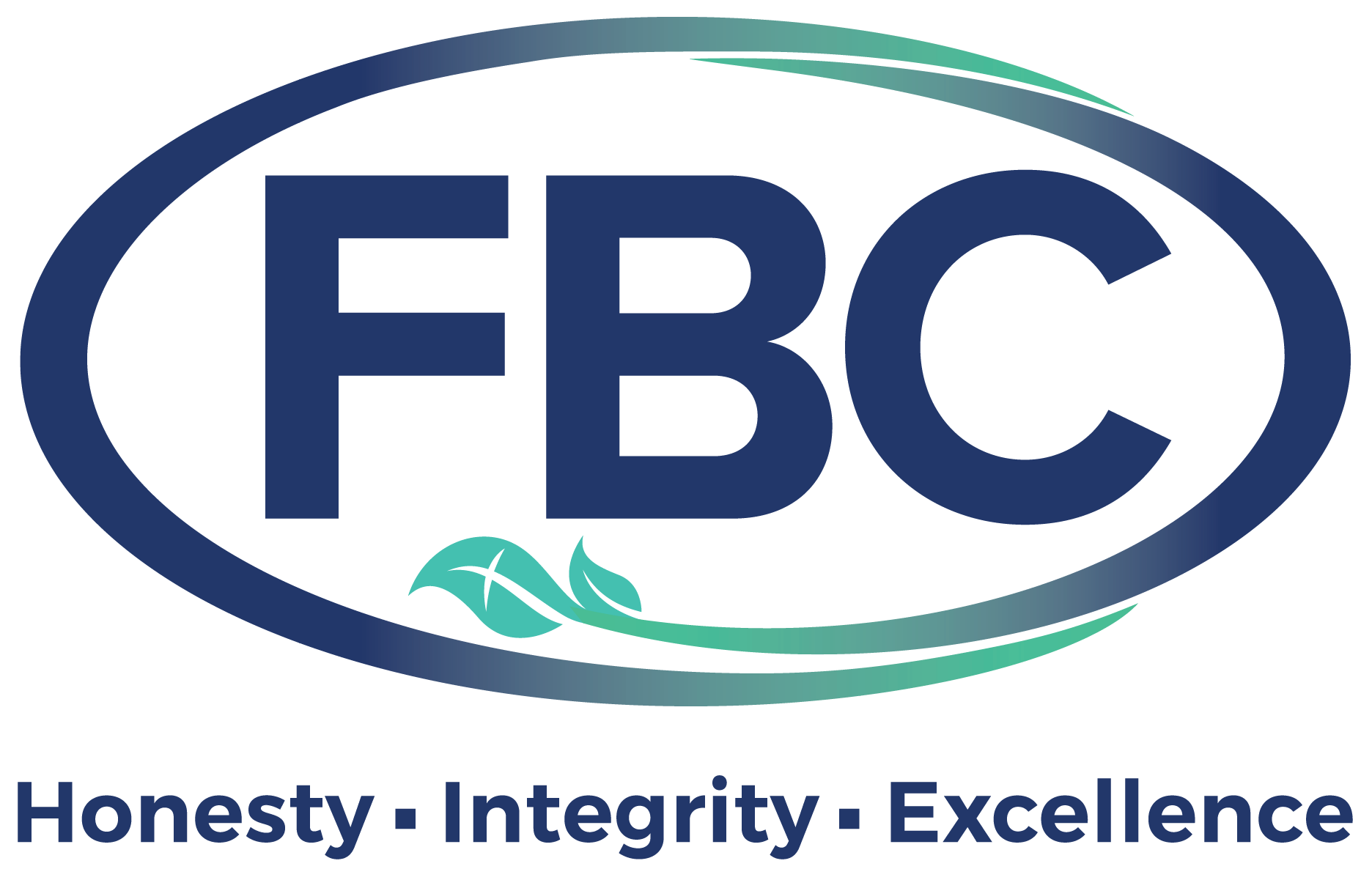Stress management techniques aren’t just nice to have. In today’s workplaces, they’re essential. What if your employees could handle stress better, boosting productivity, morale, and retention? Stress would no longer drain energy or impact performance. Imagine the boost to your workplace culture!
Stress is one of the leading causes of decreased productivity, and it’s on the rise. With mounting workloads, employees face challenges balancing their work and personal lives.
As an HR leader, you have the power to help your team thrive. You can transform the team by implementing proven stress management strategies. At FBC, we’ve worked with companies of all sizes to meet these challenges. Read on to learn the strategies that can transform your workplace.
Why Stress Management Matters in the Workplace
The Impact of Stress on Employee Productivity
Stress can sap even the most capable employees of their energy and focus. It’s not just about overwhelm. Chronic stress leads to burnout, disengagement, and health problems. Studies show these stressors cost businesses billions annually in lost productivity and absenteeism.
Have you seen declining productivity across your teams? Surveys could reveal the major stressors. Addressing these issues immediately could boost morale and efficiency.
The Benefits of a Stress-Resilient Workforce
When employees manage stress effectively, the results are remarkable. Teams become more innovative, turnover decreases, and customer satisfaction improves.
A stress-resilient workforce is more engaged. It collaborates better. That creates a positive ripple effect across the organization.
Identifying Stress Triggers in Your Organization
Common Workplace Stressors
Every workplace has unique stress triggers, but some are universal. They include, but are not limited to, the following:
- Unreasonable workloads: Employees feel pressure when expectations are unclear or unrealistic.
- Lack of work-life balance: Constant connectivity makes it hard to disconnect.
- Poor management: Employees need supportive leaders who provide guidance and recognition.
How to Assess Stress Levels
Before you can address stress, you need to understand it. Surveys and feedback tools can help you uncover hidden stressors. Analytics platforms can track trends, showing where stress is impacting productivity.
By pinpointing these areas, you can focus on the most critical challenges.
Effective Stress Management Techniques for Employees
Stress Management Techniques for Work-Life Balance
Work-life balance isn’t just a nice idea—it’s key to reducing stress. Flexible schedules, remote work, and encouraging PTO use make a huge difference.
For example, you might be able to reduce burnout by 30% after introducing a hybrid work model. Employees appreciate the trust and flexibility in managing their own time.
Wellness Programs and Mental Health Support
Investing in wellness programs sends a clear message. Wellness programs show employees that you care. Offer mindfulness training, yoga, or meditation breaks. They can help employees recharge their energy.
Mental health resources like Employee Assistance Programs (EAPs) provide confidential support. Mental health support could include counseling and stress-management workshops. These resources can significantly reduce anxiety and improve focus.
Stress Management Techniques for a Supportive Work Environment
Stress management starts with leadership. Train managers to recognize the signs of stress. These include things like the following:
- Disengagement
- Irritability
- Missed deadlines
Encourage managers to check in with their teams.
Open communication is key. Employees need to feel safe sharing their concerns without fear of judgment. One-on-one meetings or anonymous feedback tools can create opportunities for honest conversations.
Stress Management Techniques and Automation
Tools for Simplifying Workflows
Repetitive, time-consuming tasks are a major source of frustration for employees. Automation can cut this burden, allowing employees to focus on meaningful work.
For instance, automating payroll or scheduling processes reduces errors and saves time. Companies use workflow automation tools to streamline their onboarding process. This could cut the time spent by HR staff by half.
Enhancing Employee Communication
Poor communication is a common stressor, but technology can help. Collaboration platforms make it easy for teams to stay connected and aligned. Scheduling tools prevent overbooking, while project management software ensures clear expectations and priorities.
Measuring the Success of Your Stress Management Techniques
After implementing stress management techniques, you’ll need to evaluate their effectiveness. Use surveys to gather feedback and monitor metrics like:
- Absenteeism: Are employees taking fewer unplanned sick days?
- Turnover rates: Has retention improved?
- Employee satisfaction: Are employees reporting higher morale and job satisfaction?
Companies that launch a wellness program could see a 15% improvement in their engagement scores within six months! Tracking these changes helps you understand what’s working and what needs adjustment.
Key Points
- Why It Matters: Stress management boosts productivity, morale, and retention.
- Identifying Triggers: Understand the stressors in your workplace.
- Effective Techniques: Work-life balance, wellness programs, and a supportive environment empower employees.
- The Role of Automation: Streamline workflows and improve communication to reduce stress.
- Measuring Success: Regularly evaluate and refine your strategies.
At FBC, we’re here to help you create a thriving, stress-resilient workforce. By implementing these strategies, you can adapt to your employees’ evolving needs. This helps you set your organization up for success. Learn more here!

